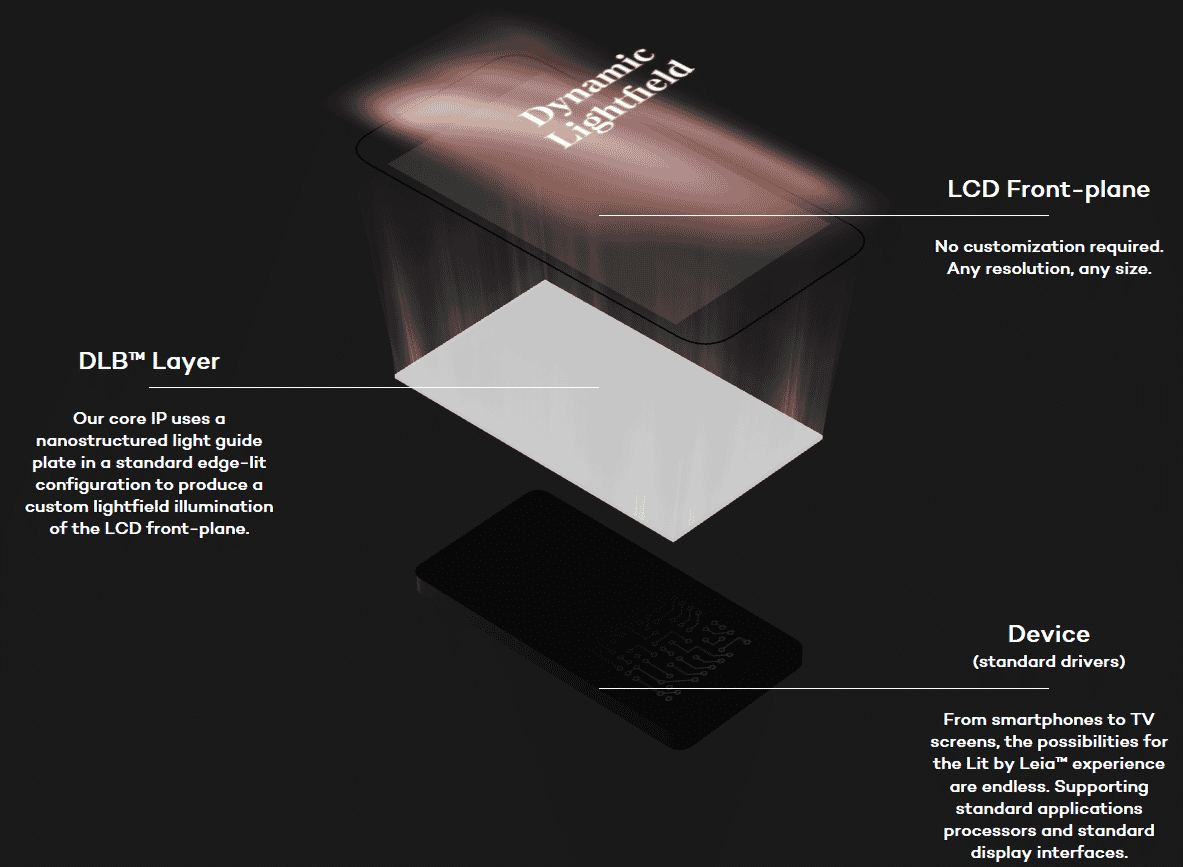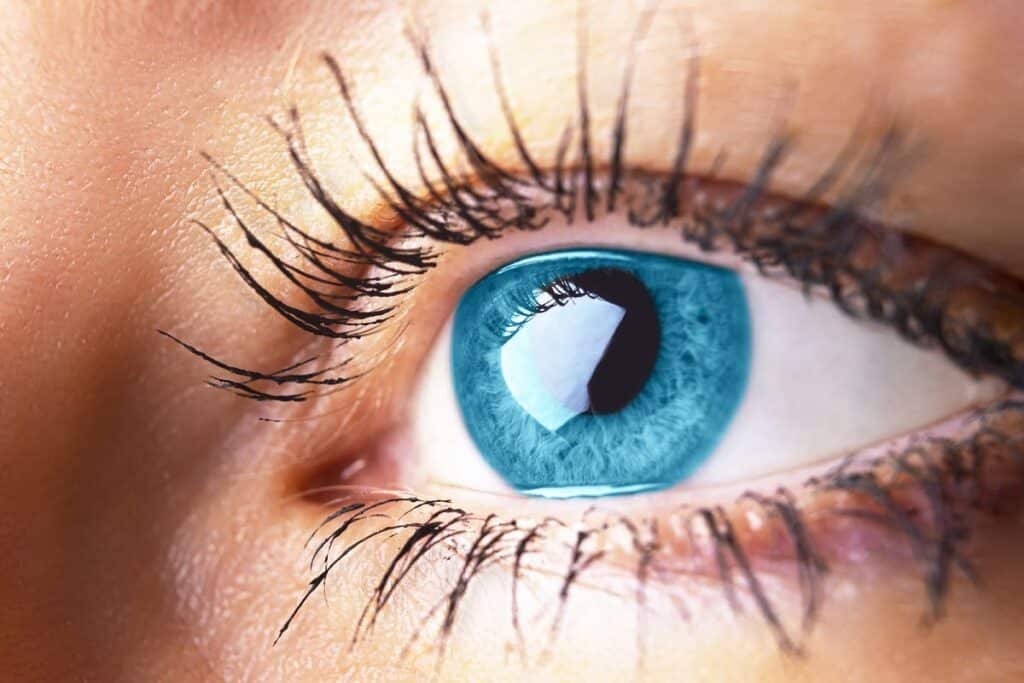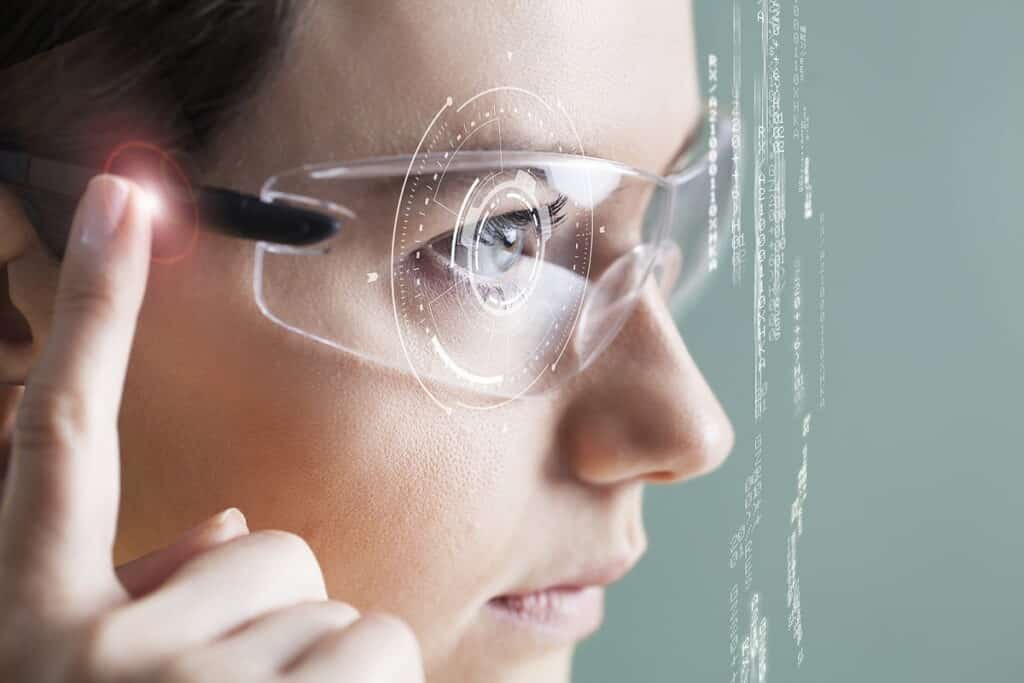What’s up with Holograms and Hologram Projectors?
Table of contents

“Help me Obi Wan Kanobi. You’re my only hope.” Anyone who has seen the original Star Wars Movies would probably think about this scene when someone brings up hologram technology. You’re probably wondering in today’s day and age of self gene-editing, where all the holograms are? Also known as holography, we like to define this as the ability to display a 3D object (still or moving) in a space without the need for the viewer to wear glasses (a technique referred to as autostereoscopy). That’s going to be a whole lot easier to digest than this technical explanation on Wikipedia:
Unlike a recent article by Wired that claims all science is bullisht, we actually believe in science, and don’t want to dismiss the technical explanation of how holograms are produced. We just want to simplify how we would differentiate a hologram from augmented reality (AR). In the case of AR, the user wears a device that overlays digital objects onto the real world. In the case of a hologram, there is a device called a hologram projector that creates 3D objects in mid-air (as opposed to a standard projector that displays images on a solid background).
So what use cases can we think up that might lend themselves to the use of hologram technology versus augmented reality? You might think of things like training and education, though in those cases you are likely to be in a setting where the participants could easily don wearables. One immediate application would be advertising. Think about Disney projecting holographic characters from their latest movie in Times Square. What if they combined those holograms with some LiDAR such that the holograms appeared to interact with people? Right away we can see how much appeal this has for advertising. We, therefore, want to find any startups that are building a hologram projector that can be used for any such use case.
WaveOptics
Some companies are trying to combine the use of holographic technology with a wearable which is just augmented reality, regardless of the technology used. This is where things get blurry, so we’ll give you one example of such a company. Founded in 2014, U.K startup WaveOptics has taken in $15.84 million in funding to develop “an optical design that harnesses waveguide hologram physics and photonic crystals rather than conventional augmented reality projection“. That sounds really cool and all, but it required the user to wear a headset that overlays digital objects over the real world:
Sure, the technology removes the “need for bulky, power-hungry projection hardware” but the end result is no different than any other AR headset out there which requires a wearable for you to see cool things. While WaveOptics is also working on “large eye box technology” for indoor and outdoor displays, what we’re visualizing when we think of holograms is more like what our next company is working on.
Update 09/11/2019: WaveOptics has raised $13 million in Series C funding to continue scaling its operations in the U.S., U.K., and Asia, which includes building “high-volume” manufacturing capabilities. This brings the company’s total funding to $54.4 million to date.
Kino-mo
Founded in 2012, London startup Kino-mo has taken in an undisclosed amount of funding from investors like Mark Cuban and Sir Richard Branson (Branson is just like Elon Musk but with a British accent and better hair). The product itself looks like a fan and projects some pretty cool holograms into space for use as marketing displays and such. This is what their device looks like along with some specs:
One limitation of the product is that you’ll need to keep it out of reach otherwise people are likely to stick their hands into the spinning blades. Some of the names they list as clients include Dell, McDonald’s, and Red Bull. Here’s a short demo of the technology if you want to see how it looks.
FoVI 3D

While they provide an extremely technical walkthrough of this technology, in a nutshell, it’s going to be all about AR and VR without the need to wear any glasses. They have already released a developer kit which you can play with and they’re also doing some work with the U.S. Navy to build onboard display systems. We can only imagine how cool radar could look with this type of technology.
Holoxica

WayRay
While this next startup is developing some pretty niche technology, it’s one of the coolest things we’ve seen in the automotive space if the pictures are to be believed. Founded in 2012, Swiss startup WayRay has taken in $28 million in funding so far from investors that include Chinese e-commerce giant Alibaba. One of the products being developed is the first ever holographic navigator which actually projects the images out onto the road in front of you (similar to WaveOptics which we discussed earlier but without the need for a headset):

That imagery is made possible by a small device you mount on the dashboard. You have to ask yourself just how long it will be before this comes standard on vehicles direct from the manufacturer. One of our MBAs said they’d happily help out on beta testing the device so hit us up if you like free labor.
Update 10/30/2018: WayRay just completed an $80 million Series C funding round, which was led by Porsche. Hyundai and Chinese tech giant Alibaba were among the investors as well. This brings the company’s total funding to $108 million to date.
RealView Imaging

Those holograms are also interactive such that the surgeon can rotate, slice, mark, or measure with their hand during the operation. The technology come in the form of a large device you wheel around the operating room (think of a dentist’s light) and it shouldn’t be much of a surprise if they get acquired by one of the big medical device manufacturers.
Update 07/22/2020: RealView Imaging has raised $10 million in Series C funding to commercialize the HOLOSCOPE system in North America and Europe. This brings the company’s total funding to $20 million to date.
Musion

So anyways, Tupac reappears on stage as a hologram in front of 90,000 people and the end result was a 500% increase in his album sales, which is quite the feat considering he’s dead. While arguably the Tupac manifestation wasn’t a proper hologram, the company behind the technology, Musion, is worth a look. Founded in 2002, they’re a British company that’s taken in an undisclosed amount of funding to become a “world leader in 3D holographic technology“. You can read more about their various projects here.
LEIA Inc.
Our last startup is one you may have seen in the news this year as they prepare to wow everyone with holograms that just might be coming out of your smartphone. Founded in 2014, Silicon Valley startup LEIA Inc. has raised $85 million in funding, the majority of which they spent on acquiring the rights to name their company after Princess Leia of Star Wars. We’re just kidding about that last part of course. They’ve taken all that money and used it to build “interactive holographic display technology for mobile devices”. Long story short, they’re using nanotechnology referred to as “Diffractive Lightfield Backlighting” or DLB to give standard smartphone displays “magical properties”:
With the amount of funding they’ve taken in, we can only assume that it’s just a matter of time before they give us just another reason to stare at our smartphones 24/7. They’re hiring a Game Designer which implies that the platform is mature enough to develop content on now.
When researching holograms, we came across quite a few cases where companies refer to augmented reality as “holograms”. For example, an AR company we’ve covered before called 8i claims to produce “real human holograms for augmented, virtual and mixed reality”. While it is true that you can scan a 3D image of yourself into augmented or virtual reality, they’re only holograms if someone can walk into the office and see one sitting at your desk daydreaming just like the real you. The notion of “glasses-free VR” that FoVI 3D describes is what we’re looking forward to, but without the constraints of devices such as these:
Conclusion
Holograms need to appear within an unrestricted space, such that our entire reality becomes “overlayed” with digital objects. Of course what we’re describing there is actually just what augmented reality is. If you’re just willing to put on a pair of glasses, like Microsoft’s aptly named “HoloLens”, then hologram technology is already here.
Sign up to our newsletter to get more of our great research delivered straight to your inbox!
Nanalyze Weekly includes useful insights written by our team of underpaid MBAs, research on new disruptive technology stocks flying under the radar, and summaries of our recent research. Always 100% free.






















If this technology appears, how to distinguish hallucinations from the hologram?
Usually not a problem unless you drop a tab or eat a handful of shrooms.
I would say – it wasn’t that a problem, but this technology will create such a problem.